Let’s have a conversation about Explicit Instruction. What is it? Why should we use it? What are some examples {and non-examples}?
This post is a part of our series Why I’ve Shifted Away from Balanced Literacy {to Structured Literacy}.
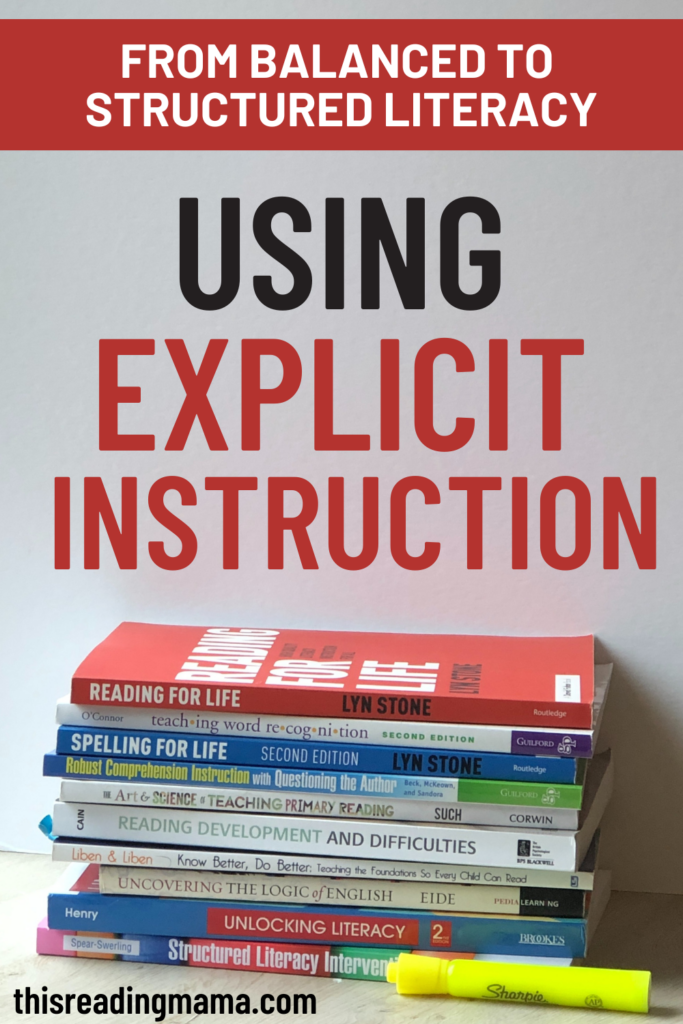
*I am a participant in the Amazon Services LLC Associates Program, an affiliate advertising program designed to provide a means for me to earn fees by linking to Amazon.com and affiliated sites.
What is Explicit Instruction?
That’s a great question! If you saw the word explicit as a description of the language in a movie or song, you wouldn’t be too eager to use it with your learners. But thankfully, we’re not talking about that kind of explicit.
Explicit instruction is the kind of teaching in which you leave NOTHING up to chance. You spell it out. You explain and show {model} the concept, skill, or strategy in an extremely thorough manner so your learners can grasp the how, the when, and the why of it.
Although it is a lengthy definition, I think Anita Archer says it best in her book, Explicit Instruction: Effective and Efficient Teaching.
If you’re a word nerd like me, you might like to know that the opposite of explicit instruction is implicit instruction.
In this kind of teaching, you do not explain things upfront. You simply show something to your learners and ask them to figure it out for themselves. You might give them clues or hints, but ultimately it’s up to them to untangle and organize the information.
Why Explicit Instruction?
This kind of instruction is absolutely necessary for all our learners when learning a new concept, but it is especially needed for our struggling learners.
When a concept is new, we do not want to leave it up to our learners to figure it out for themselves. We want to explain and demonstrate in clear ways so that our learners do not construct incorrect assumptions about the information.
The ultimate goal is of explicit instruction is to help our learners get to the point where they can correctly and independently apply the concept or skill. If learners do not have a clear understanding of the concept to begin with, they’ve already hit a major road block on the way to mastering it.
How to Teach with Explicit Instruction:
An Example and a Non-Example
Our example and non-example will both revolve around retelling a fiction story, but it could be about any teaching skill from teaching letter formation to teaching how to solve word problems.
An example of using explicit instruction to retell a story would look something like this:
- Say, “Today, we’re going to answer the question: What do I need to include in the retelling of a story?”
- Give learners a copy of “What’s the Scoop?” retelling chart. {See image above}
- Talk about each of the literary elements included in a retelling. Give specific examples from a recent book you’ve read fiction together.
- Read a short, simple fiction story together. {Here’s a great list of books with a clear problem/solution plot.}
- Revisit the chart.
- Work through the chart to retell the story to your learners.
- Talk about what you included and why.
- On subsequent lessons, you’ll do less of the retelling, asking learners to offer their suggestions while you give feedback.
In this example, you are:
- giving learners clear expectations
- giving learners a visual to support their learning and organize the information
- breaking down the process step-by-step
- explaining what each literary element is and its importance to a retelling
- reading a text aloud
- modeling or demonstrating how to retell based on the information they know
- offering guided practice to support learning
A non-example: Read a story aloud and then retell it for your learners.
Then ask, “What are the literacy elements I included to make my retelling a good one?” In this non-example, you may or may not hand out the “What’s the Scoop?” chart. But with implicit instruction, you would not go over the individual elements on the chart because you would assume your learners already know the information.
In this non-example, you are:
- assuming your learners already have some background knowledge
- not explicitly teaching the literary elements
- asking learners to evaluate the content and tell you what you did well
Is there ever a time to use implicit instruction?
Yes, but {for most learners in in most situations} implicit instruction should not come before an explicit introduction.
My mind immediately goes to an open word sort, which is one of the routines that can be used with word study.
During an open sort, learners are not told explicitly what the categories are. They must look at the words in the sort and figure out the categories for themselves. They must construct their own meaning.
If, however, your learners have very little knowledge to no knowledge about the words or the skills/categories in the sort, this would NOT be a good option. Learners must have the background knowledge before you can expect them to build anything on it.
From Balanced Literacy to Structured Literacy Series…
Be sure to check out all the posts in our series by clicking on the images below.
Enjoy teaching!
~Becky
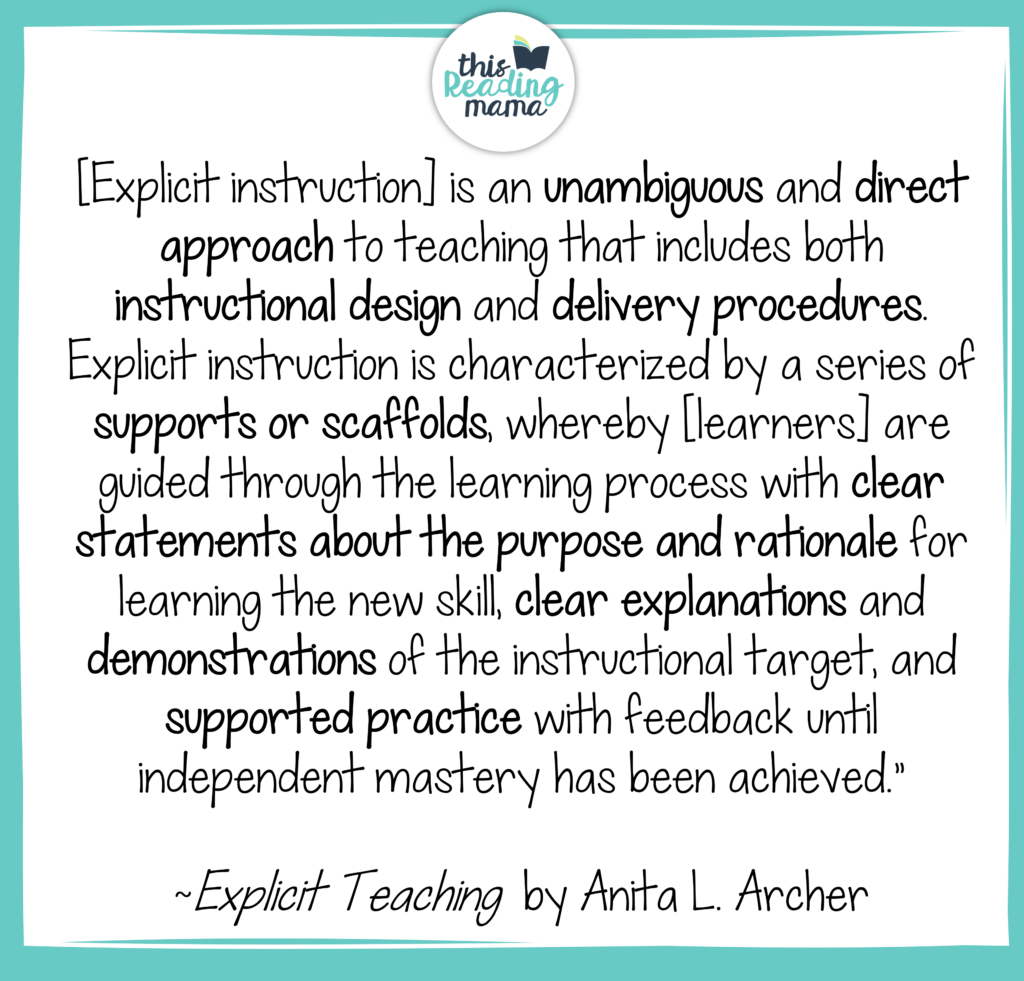
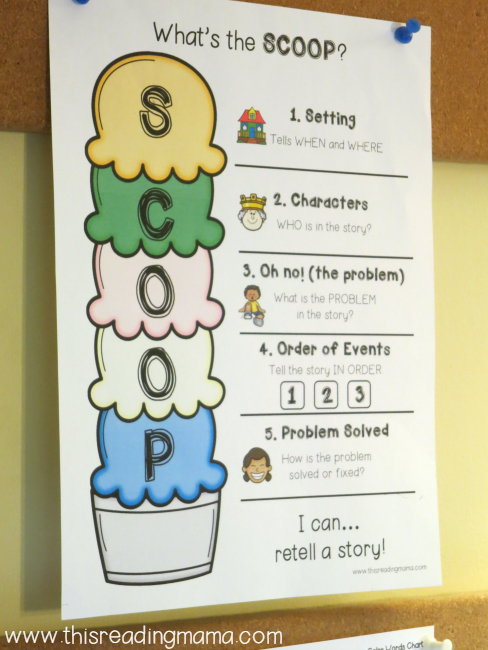

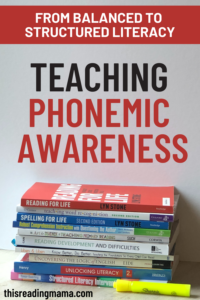
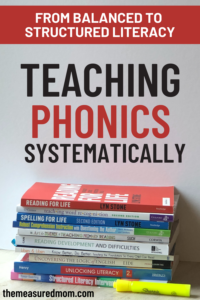
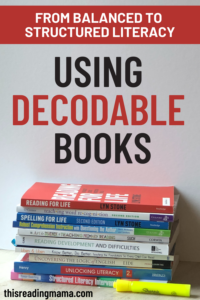
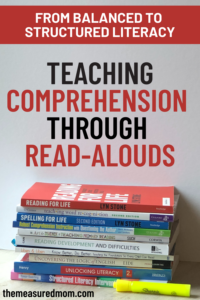
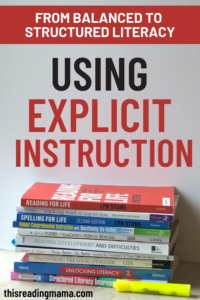
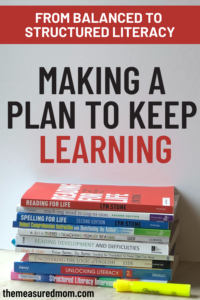
Very well written! Everything in this series is so helpful. Thank you!!
Great read!! Thanks for sharing such a great blog, blog like these is really helpful for homeschoolers who are homeschooling their children.